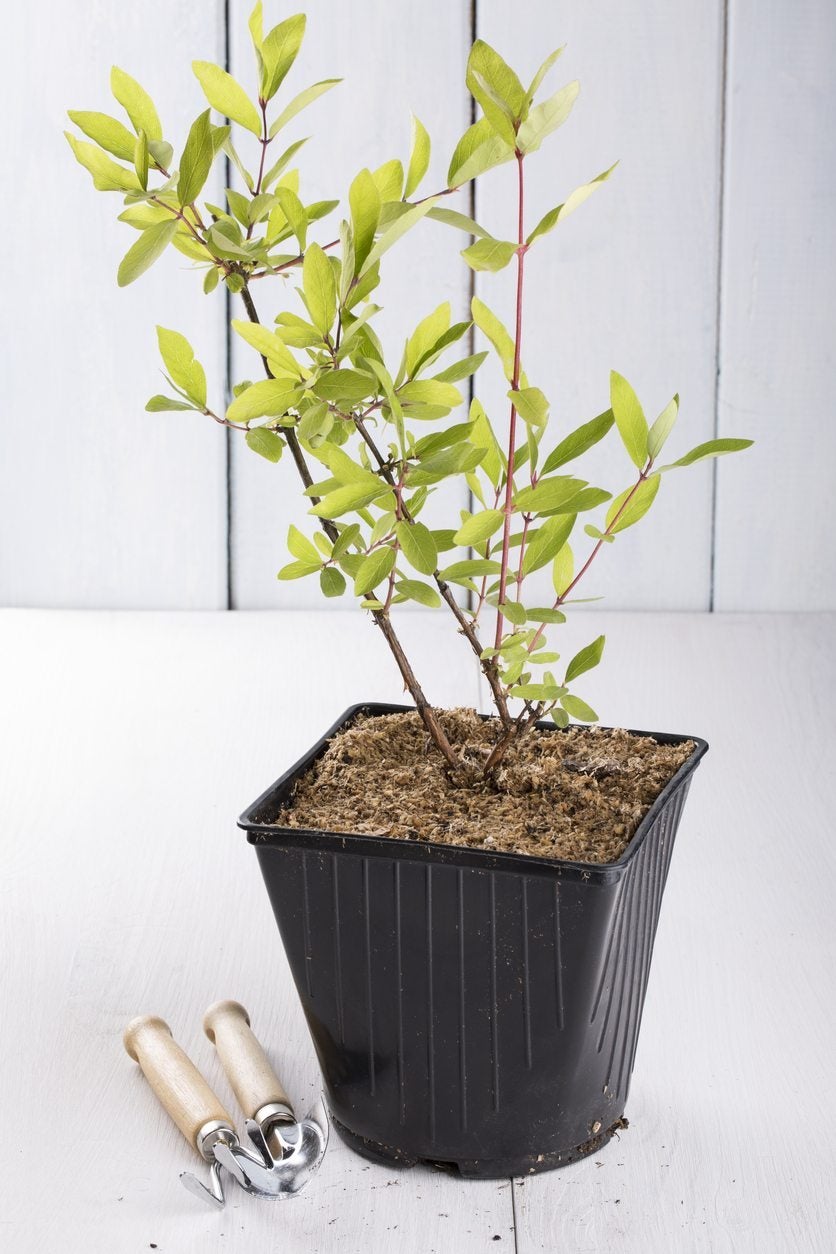Honeysuckle Seeds And Cuttings: Tips For Propagating Honeysuckle Plants


Propagating honeysuckle can be done in several ways. To expand the reach of this pretty, shade-creating vine in your garden, follow these tips and guidelines.
Why Honeysuckle Propagation?
There are types of honeysuckle vines that are invasive and, in some regions, grow out of control, creating a real problem. If you have ever battled this fast-moving vine, you might wonder why anyone would want to propagate it. The non-invasive honeysuckle is a desirable garden plant for pretty flowers, a lovely scent, and for creating shade as it climbs trellises, walls, and other structures. Although honeysuckle grows quickly, you may want to propagate in your garden to give it a boost and to let it reach more spaces or create more shade.
How to Propagate Honeysuckles
There are several ways to propagate this vine, from using honeysuckle seeds to cuttings, and a strategy called layering. Choose your technique based on time, resources, and where you want your new vines to grow: Layering. Layering is a good option if you simply want to branch out from your existing honeysuckle vines. Take a vine and bend it toward the ground. Where the vine touches the ground, scratch the side facing the earth with a knife. Bury that part of the vine in a hole in the ground that you have dug and to which you have added potting soil. A new root will grow in that spot. It’s best to do layering in the spring. Cuttings. Taking honeysuckle cuttings to replant is another way you can propagate a vine. Make cuttings early in the morning when there is plenty of sap in the vine, and it is best to do it in late spring or early summer. Cut off about 6 inches (15 cm.) from the end of a two year old vine. Cut it carefully on an angle and avoid crushing the vine. Remove the lower sets of leaves and plant the cutting in potting soil. Within a few weeks, the roots should be long enough to replant. Seeds. You can also propagate honeysuckle by seed, either saving seeds from your own vine or buying them. The seeds need to be cold to germinate, so you can sow them in the fall or start them indoors, mixing seeds and compost together and refrigerating for about 12 weeks. For both cuttings and propagating honeysuckle by layering, you can use rooting hormone to stimulate new root growth. Find the powder at your local nursery and dip the layering vine or new cutting in it before planting in soil.
Sign up for the Gardening Know How newsletter today and receive a free copy of our e-book "How to Grow Delicious Tomatoes".

Mary Ellen Ellis has been gardening for over 20 years. With degrees in Chemistry and Biology, Mary Ellen's specialties are flowers, native plants, and herbs.